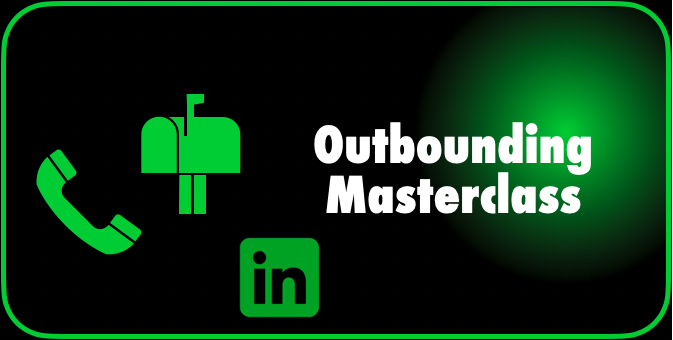What is a sales methodology? It is a methodology to sell across the organisation in a consistent way. That consistency helps a company becoming more efficient.
They come in different forms, and you probably have heard from some different methodologies, like: challenger sales, spin selling, sandler, consultative selling, solution selling, …
There are a number of different ways, to teach, and to take into account, when you want to teach sales methodologies.

It is only a model.
And if you take the model too literally, nothing will happen.
You should look at this from both sides: when teaching the methodology, and when learning the methodology. If you teach the model too literally, you risk of not covering the subtleties of ANY model, while when you learn a model, you think you have a solid way to sell, a shortcut, and you will be strongly disappointed when you try to apply it in your sales conversations.
Fortunately, I learned what worked best, and here are my recommendations. By the way, you need real life sales experience if you want to teach sales methodologies.
#1. Understand that knowing the model is not the same as knowing how to sell.
A model works from an ideal flow, and a sales methodology is a high level approach. It does NOT teach the students ways to sell.
The only way to make the training impactful is to give real life examples, of how a specific step in the methodology has been used successfully :
- As a sales leader training your team, refer to deals within your own team
- As an an external consultant, use relevant examples from your sales experience
- As an L&D staff member, involve the sales reps to give examples you can refer to.
#2. A model works from a straight line, while sales is a meandering journey.
Here, I said it. The model works from a sales point of view, with the outcome in mind, but we all know that sales is a journey, heavily impacted by the priorities and objectives of the clients.
How can you take this into account in your trainings?
- First of all, acknowledge the above when you start the training
- And secondly, refer during the training the ‘customer journey’ err, which is, in truth, also a model.
#3. A model ignores the different sales stages.
A sales methodology goes from reason-to-contact to close, or covers part of this.
It ignores the different sales stages.
The best ways to tackle this is to:
- Refer to the sales stages with examples
- Link with what is ‘typically’ covered from the model in which sales stages
- Define what you say to whom. For example, in technical solutions, while you will give use cases to a decision maker, you won’t setup an in-depth technical demo with them.
#4. There is no One Model to Rule Them All.
There is not one model that is better than the other. Yes, there are models that are worse than the other…
They all have strengths and weaknesses. When you teach, or learn, a methodology, this is what you need to take into account:
- Some methodologies are stronger in inside SaaS (solution selling!), while others are stronger with enterprise customers (Sandler)
- Some methodologies are better in transactional sales, while others are better in more complex sales.
And this is it for the week. Let me know how you look at teaching sales methodologies.



